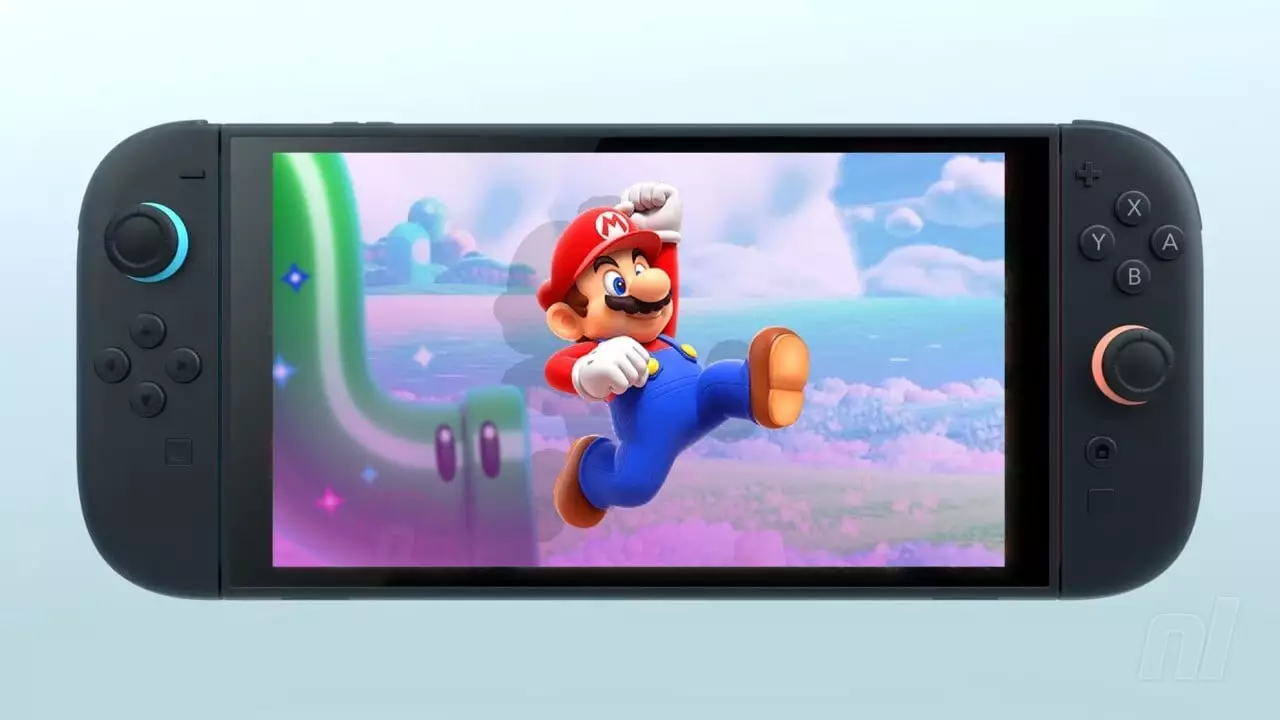The recent unveiling of the Nintendo Switch 2 (affectionately dubbed Switch 2) has stirred quite a buzz among gamers, primarily due to its confirmed backwards compatibility with the original Nintendo Switch. This feature is not merely a nostalgic nod; it represents a strategic move by Nintendo to retain its loyal customer base while navigating the competitive landscape of the gaming industry. With millions of units sold and a vast library of games, the decision to enable players to seamlessly transition from the original Switch to its successor is not just logical but also essential for maintaining brand loyalty.
In a recent exchange with Game File’s Stephen Totilo, a Nintendo representative shed light on the company’s perspective regarding this compatibility. The rep indicated that “the best direction to take” lies in allowing consumers to enjoy their existing games on the new system, emphasizing the importance of customer satisfaction. This approach showcases Nintendo’s understanding of its audience; it recognizes that gamers appreciate continuity in their gaming experience. By enabling players to carry over their investments, Nintendo not only safeguards its user base but also encourages potential buyers who might be apprehensive about the new system’s exclusivity.
However, it is important to note that the backwards compatibility feature does come with caveats. While many existing Nintendo Switch titles will be playable on the Switch 2, the representative cautioned that “certain Nintendo Switch games may not be supported or fully compatible.” This disclaimer raises questions about which titles may fall through the cracks and indicates that not every aspect of the gaming experience will translate perfectly to the new hardware. As we await further clarification from Nintendo, including details likely unveiled in the upcoming Nintendo Direct scheduled for April 2, 2025, gamers are left to speculate on what this means for their favorite titles.
A Showcase Game: Super Mario Bros. Wonder
In the launch trailer for the Switch 2, Nintendo prominently featured “Super Mario Bros. Wonder,” which served as a prime example of how backwards compatibility would function. This iconic franchise has always been at the forefront of Nintendo’s offerings, and its inclusion underscores the importance of marquee titles in drawing interest to the new console. By showcasing a beloved game, Nintendo not only illustrates the technical capabilities of the Switch 2 but also reassures consumers that their experiences won’t be left behind.
The decision to offer backwards compatibility on the Switch 2 positions Nintendo favorably in an increasingly complex gaming market. By prioritizing consumer concerns and emphasizing continuity, the company not only retains its existing user base but also entices new gamers looking to join the Nintendo ecosystem. Yet, as players eagerly anticipate the detailed revelations promised by Nintendo, the uncertainty surrounding certain titles adds an element of intrigue. Ultimately, the success of the Switch 2 may depend as much on its ability to merge past and present gaming experiences as on the new games it introduces.


Leave a Reply